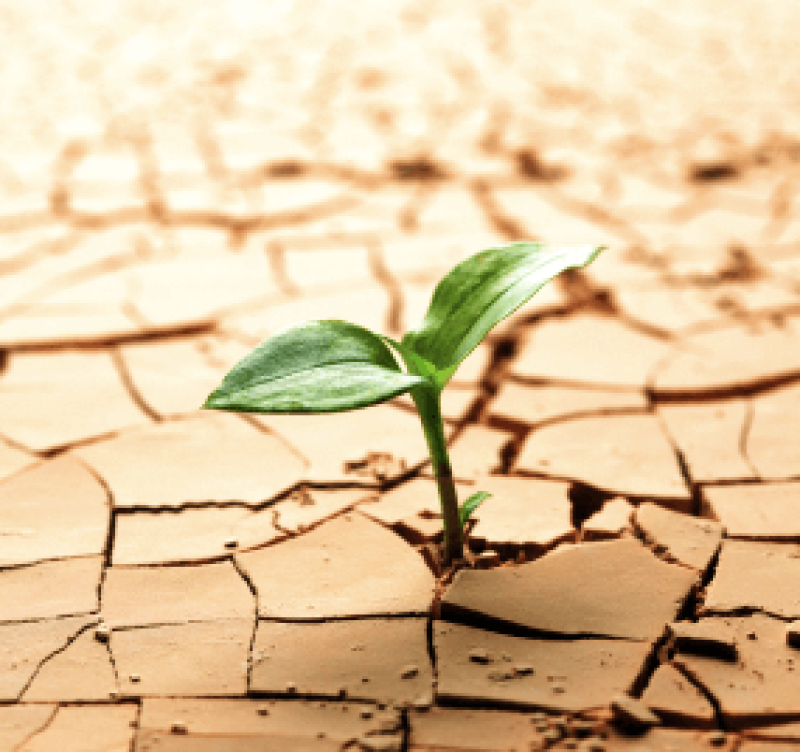The GLP aggregated and excerpted this blog/article to reflect the diversity of news, opinion and analysis.
In a hole in the wall on the north edge of Seattle is a lab where plants go to get superpowers. And by superpowers, I mean a fungal infection.
More than 15 years ago Rusty Rodriguez and Regina Redman, went to Yellowstone National Park to study the microbes living in hot geothermal soils. They wanted to understand how living things could survive such extreme temperatures. But also they found plants thriving in the very same geothermal soil, which geologists had always described as barren, Rodriguez says.
Curious, the couple took samples and discovered a nature-made technology that could replace — or at least supplement — genetic modification in protecting crops from climate change.
There’s a type of fungus that actually grows inside the bodies of most, if not all, plants. These fungi are known as endophytes, and they’re what Rodriguez and Redman found were the key to those plants surviving in Yellowstone.
Alone, neither the fungus nor the plants could survive temperatures higher than about 100 degrees F. But with their powers combined, they could tolerate the extreme heat of geothermal soils. What’s more, the plants infected with these fungi seemed to require less water and nutrients.
When Rodriguez and Redman tried infecting tomato and watermelon plants with the fungus, they found that both developed the same extreme heat tolerance within just 24 hours.
The fungi are somehow dramatically altering the gene expression of their host plant. How or which genes they alter is unclear, Rodriguez says, but he and his collaborators are currently trying to tease out the details.
Read full, original post: Climate change will stress plants out. These scientists think they have a solution































